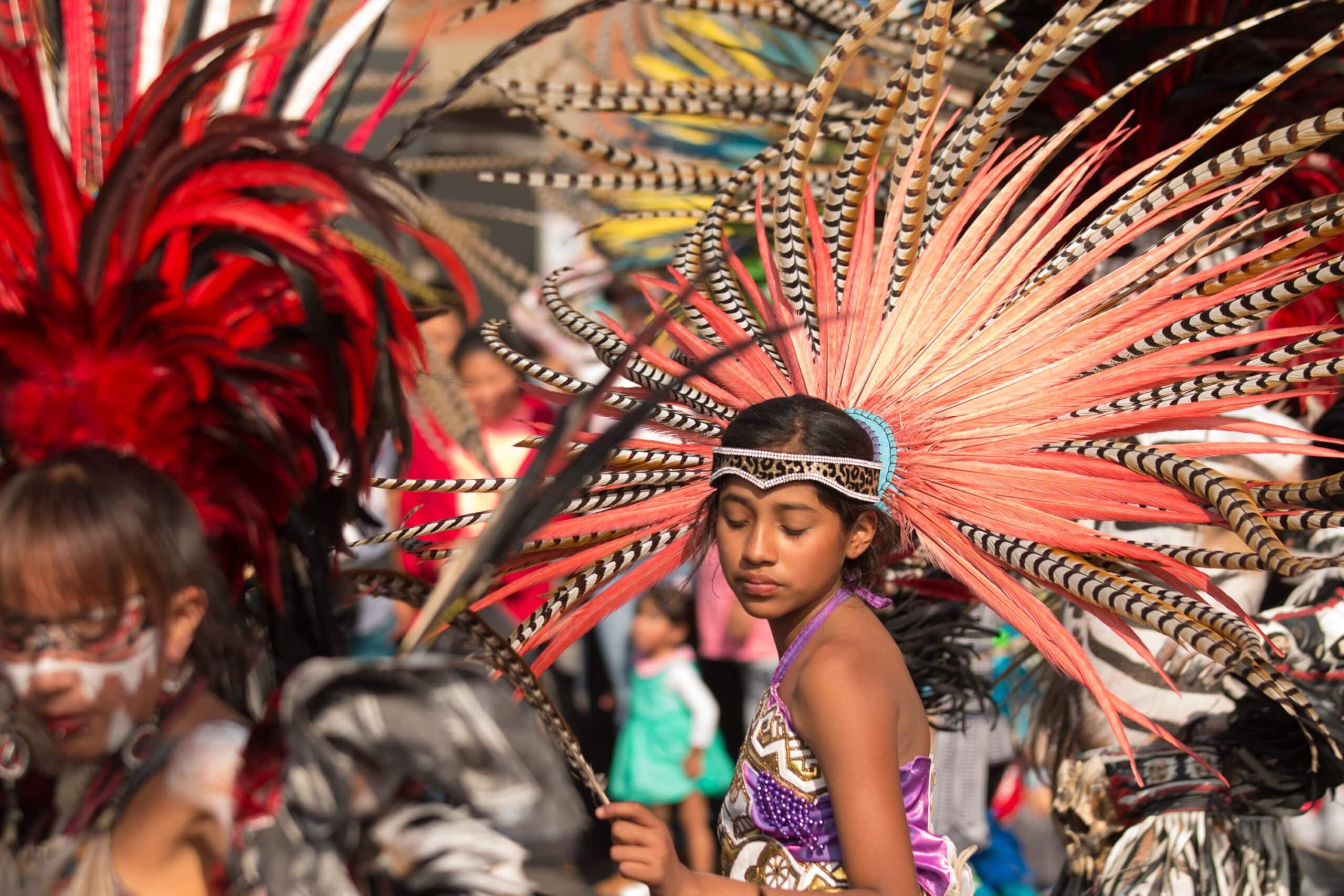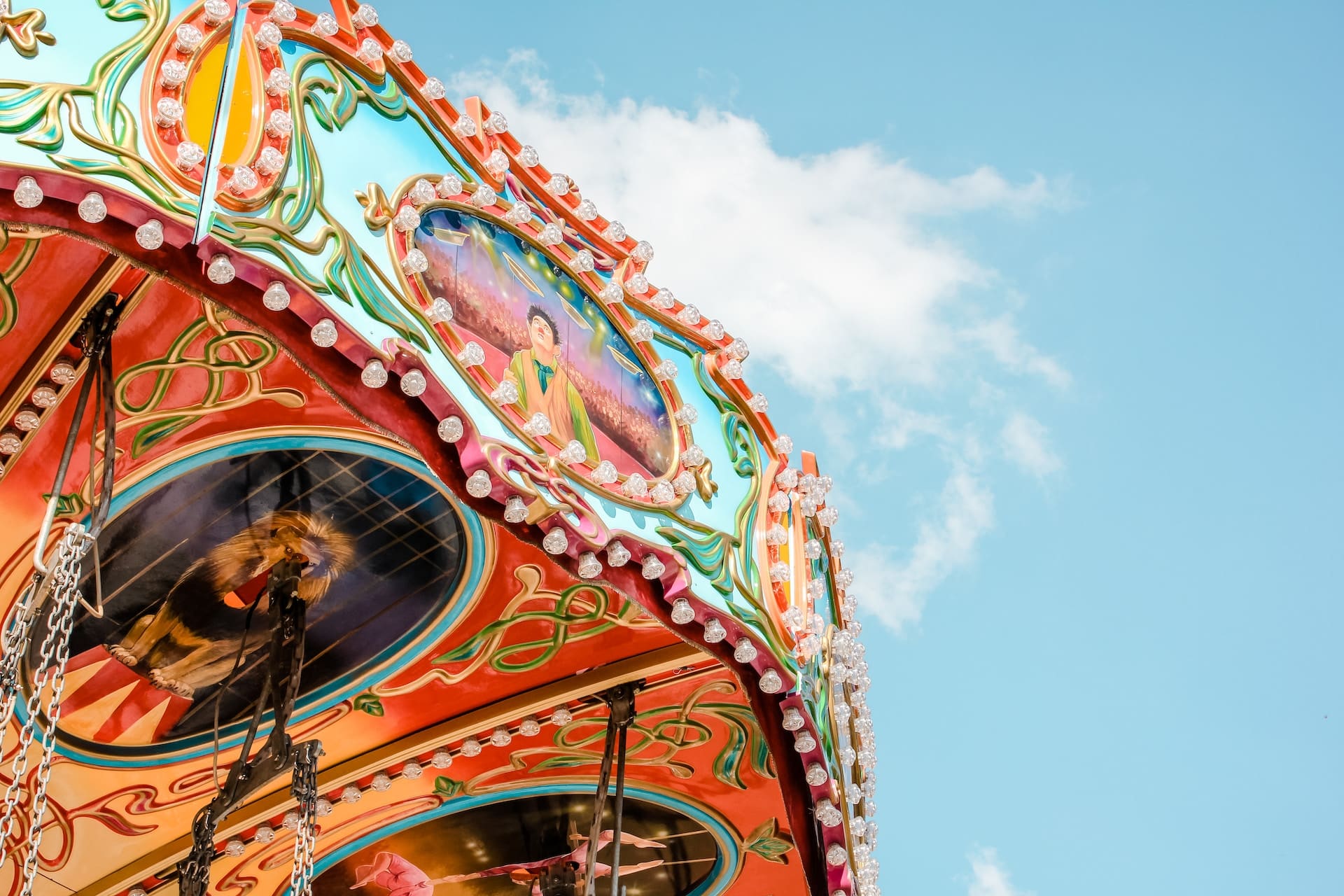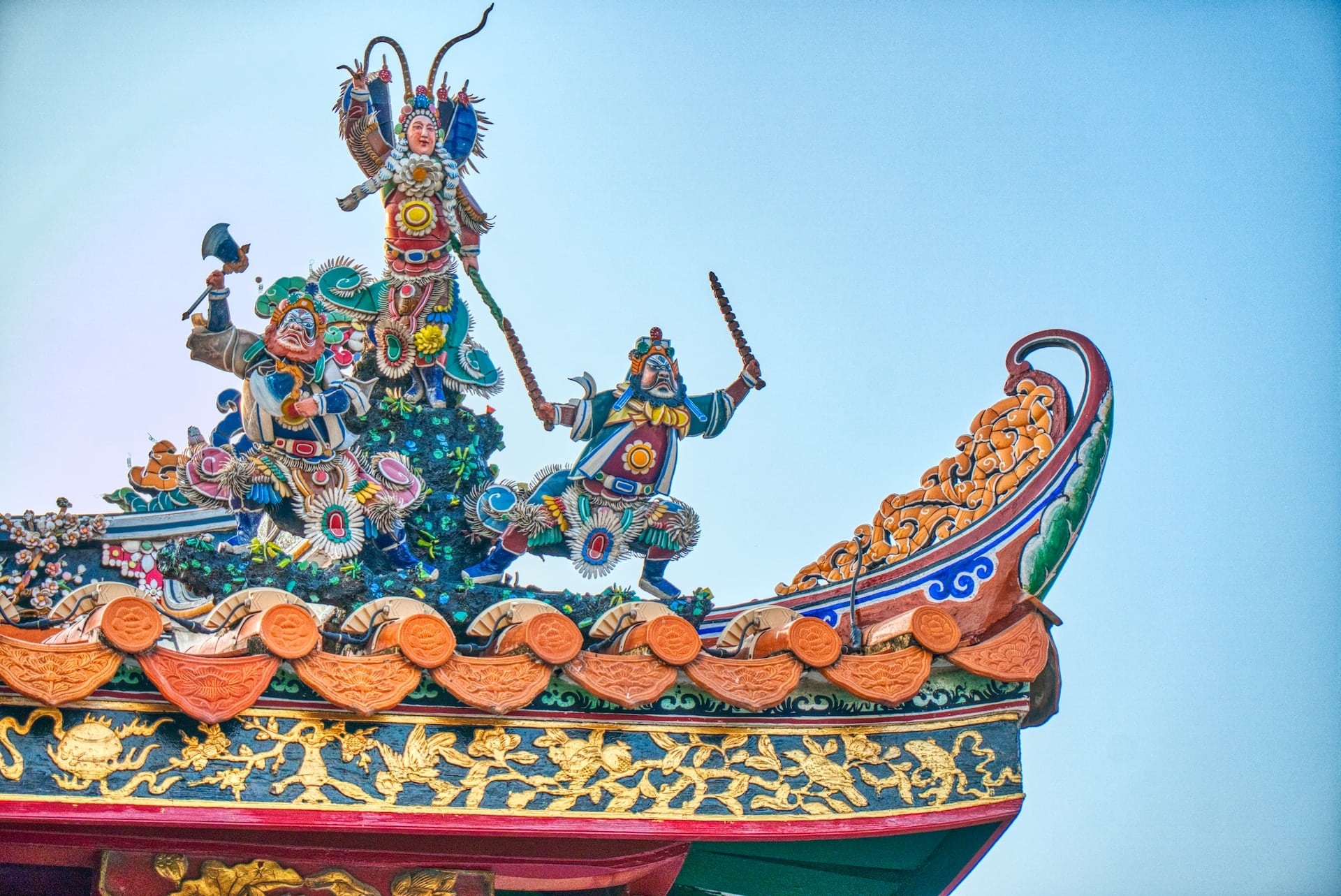The Brazil Carnival Parade is the most famous celebration in the country and one of the biggest tourist attractions worldwide. Every year, tens of millions of people troop into various Brazilian cities to attend the world’s largest festival. There are parades, music shows, street parties, samba songs, and a dance competition as part of the carnival celebrations. It does get a little wild, so it is important to stay safe.
In recent years, the Brazil Carnival Parade has embraced sustainability, with samba schools incorporating eco-friendly materials into their float designs. This shift reflects a growing environmental consciousness within the vibrant celebrations.
The Rio Carnival often begins on Friday, a few days before Ash Wednesday. Festivals are back in full form for the first time since the pandemic, so the city parade still features floats, revelers, and colorful costumes. Spectators in the Brazil Carnival Parade crowd include tourists, nearby visitors, and locals alike.
If you want to know more about the Brazil Carnival Parade, you are in the right place. In this article, I’ll tell you all there is to know about the Brazil Carnival parade. Get all the details on everything from carnival parades to street parties to samba schools to party costumes.
The Brazil Carnival Parades
The Brazilian Carnaval, popularly known as the Brazil Carnival, is an annual festival. This festival usually begins on the Friday before Ash Wednesday. The Friday that Lent officially begins often marks the beginning of the season. People often think the Rio de Janeiro Carnival is the only carnival in Brazil, but this isn’t true. The Brazil Carnival parades are held in different regions, including southeastern and northeastern cities.
Spectators at the carnival always look out for the samba school dancers because samba is a significant part of Brazil’s culture. Different samba dancers partake in the samba parade during the Rio Carnival. Also, samba schools compete among themselves to showcase their skills. On Carnival Sunday and the other days, competing samba schools get to dance during carnival parades.
Speaking of carnival parades, they’re one of the most anticipated parts. The parades often include a lot of dancing between the competing schools. There are also children’s, special groups, and access group parades. The final parade is the champion’s parade, which happens on Saturday. We’ll explain the different types of parades shortly.
Rio de Janeiro Carnival Activities
The Rio de Janeiro carnival celebrations have been prevalent for decades, and carnival parades are a massive part of the festivities. Rio de Janeiro is one of the southeastern cities that holds carnival parades annually. The popularity of Rio de Janeiro’s samba school competition is one of the reasons the Rio carnival is widely known.
The samba schools compete in different groups during the carnival, and one emerges as the champion school. In addition, the samba schools also participate in parades like the special and access group parades. Also, with street blocs in places like downtown Rio, the Rio carnival is memorable.
The parade may be one of the most exciting parts of Rio’s carnival, but other activities also take place. Street parties happen even with the balls in Copacabana Palace and parades in the Sambadrome. There’s always a crowd of locals and tourists on the city streets, some in costumes. Some people choose a costume that matches the event’s theme, but you can wear any outfit that inspires you.
Since the carnival came back in full force after the pandemic, the party spirit has hit the streets again. There’s a lot of dancing, music, and competition during these parties, which often run deep into the night. As a result, all the festival states become vibrant when the carnival opens on Friday.

A Guide to the Carnival Festivities
The carnival festivities are colorful, from the samba school competition to street parties. There’s a rich mix of cultures, so expect various artistic performances, such as floats, songs, special group parades, and more. The carnival spans five days, so there is enough time to explore the city and enjoy the carnival. Below are some festivities that you will enjoy at the Brazilian Carnival.
Carnival Costumes
What is a carnival without costumes? People can only fully understand how extravagant the samba is when they see the colorful costumes. Every participant’s costume not only looks flashy but is symbolic. It could be cultural, spiritual, or historical, but it makes a statement.
Carnival costumes have their origins traced to European masquerades. Most of the costumes are brightly colored, which adds to the events’ aesthetics. The event’s organizers urge visitors to join the carnival spirit by bringing their costumes. The carnival also celebrates African and Portuguese cultures, and you can draw inspiration from any of them. Over the years, we’ve also seen superhero costumes and other icons.
From the stadium parades to the street parties, the blend of colors gives life to the carnival. Every samba school that performs brings a unique style in addition to its dancing. The exquisite array of costumes and skillful movement is a vision to behold.
Since the carnival is an annual event, participants prepare costumes over several months. Of course, it isn’t a one-person decision, hence the lengthy preparation process. Amazingly, costumes aren’t just limited to the stadium. You will also see several costumes worn by locals at street parties.
Samba Parades
The samba parade is one of the highlights of Brazil’s Carnival celebrations. Whether locals or visitors, spectators often require a ticket to join the carnival. That way, they can join or watch the parades. You can buy a ticket from online ticket services, and prices vary depending on the circumstances each year.
The parade opens at the stadium with King Momo, the carnival king. King Momo’s appearance signifies the start of the carnival’s festivities. So, King Momo, accompanied by their Queen, will lead the way on the first day of the parade. The parades are usually in groups, so the access group parade comes first. The access group, also known as the gold group, parades on Friday or Saturday. This is followed by the special group and the children’s group.
The Sambadrome is the venue for these parades. The magnificent stadium allows samba schools to display their skills during parades. As different schools dance, millions of revelers cheer them on in support. Finally, the champion’s parade, being the last, showcases the winners. So, the special and access groups are just divisions in which the samba schools compete.
Glamorous Balls
Again, what is a carnival without a ball? The festivities of the carnival go beyond the streets and the stadium. Across Brazil, and especially in Rio, there are several parties. One such glamorous party that happens during the celebrations is a ball.
Celebrities and several wealthy people from all over the world attend these balls. An example is the Magic Ball that happens at the Copacabana Palace Hotel. Generally, parties start a few days before the official launch of the carnival and end a day after it ends. So, there is enough time to attend a ball if you want to. However, you will need a ticket to attend these balls, so you must buy one as soon as possible because they sell out quickly.
Balls can be a great way to meet and interact with people before the carnival begins. Often, the locals you meet at these parties are well-connected and know the best spots for parties and events. Plus, it’s always nice to make new friends.
Street Parties
Street parties are one of the most common festivities during carnivals. They typically start before the carnival and end after the carnival. In the heart of the city, most business owners shut down when activities are in full swing.
Street groups called Blocs organize these parties. It often begins with a small group deciding to meet at a specific location. These happen in several small groups, and everyone meets on the street. There are several types of parties, so choose one that makes you comfortable. For instance, if you’re taking kids, you should join a party that isn’t racy.
The parties are nationwide and feature samba songs, dances, and other fun activities. Some bands compose songs and dance moves, so it is a blend of different, unique groups. It is basically groups of people having the time of their lives on the streets.

The Samba Schools
Samba schools are one of the epoch-making features of the carnival. The school competition adds to the popularity and success of the carnival. Before they became known as samba schools, they were first known as “street bands, then groups. Finally, they evolved into samba schools, becoming a source of pride.
These schools closely relate to the host community and support the region. Although the carnival is fun, there is still solid competition between the schools. Each school competes in groups during the samba parades, and each group parades on a different day. There are three groups but four parades: the special group parade, the access group parade, the children’s parade, and the champions parade.
The Special Group Parade
The special group consists of Rio’s most famous and sophisticated samba schools. This group parades on certain days, and their parade is a major highlight of the carnival. The special group parade is often regarded as one of the main events because of its skills and aesthetics.
This group comprises 12 samba schools, and they perform in two groups. Six schools perform on Carnival Sunday, while the others perform on Monday. That way, all schools have ample time to display their work for the judges to decide.
The Access Group Parade
The access group is the second category of competing samba schools. This group performs its parade on the first two days of the carnival. This group comprises traditional schools with more uncomplicated parade routines. The schools in this category compete to join the special group in the coming year. So, the group that wins performs with the special group in the next year’s carnival.
This group has twelve schools and is less sophisticated than the first group. However, they are experienced, and their parades are beautiful too.
The Champion’s Parade
This parade is a performance by the winning school and five other schools that came close to winning. The five schools are contestants in the special group parades. After the judges announce the winner, the five samba schools and the winner celebrate with a parade. This parade often holds on Saturday, closing the Rio Carnival Samba Parades.
The Children’s Parade
Children also take part in the festivities during the carnival. Samba schools also have a children’s category, where kids perform like other groups.
Brazil Carnival Parade Wrap Up
The Brazil Carnival Parade has become a national cultural beacon, attracting people worldwide. It also serves as a means of exploring and showcasing Brazil’s different cultures. Costumes, dances, and ways of putting on a show often show the influence of many cultures.
Furthermore, this carnival is the most well-attended festival in the world. It’s the best place to have fun with other partygoers and thrill seekers. Consider joining the next Brazil Carnival and seeing the parades for yourself. You might never want to leave.


